As green logistics becomes more prominent and business look for ways to reduce their environmental footprint, a crucial question that often comes up is – is rail better for the environment than trucks?
Since the transportation sector substantially contributes to emissions, this question is particularly significant.
In this blog post, we’ll explore the world of freight transport, delving into aspects such as capacity, efficiency, cost and particularly, environmental impact. Our goal is to compare rail transport and truck transport and understand how each contributes to greenhouse gas emissions.
What is Rail Transportation?
To best answer the question of is rail better for the environment than trucks, we first have to examine the North American rail freight transportation industry.
Rail transport is a method of transporting passengers and goods on wheeled equipment running on rails, which are laid on tracks. Rail transportation as we know it began in the 6th century BC in ancient Greece, where tracks of stone were built to accommodate horse-drawn wagons to aid in the transportation of goods.
However, the true revolution started in the early 19th century, alongside the industrial revolution. The first full-scale working railway steam locomotive was built in the United Kingdom in 1804 by the engineer Richard Trevithick. By the 20th century, railways became a major player in moving freight and passengers over long distances. Electric locomotives, high-speed rail, and diesel-powered trains emerged, increasing the efficiency and speed of rail transport.
As we entered the 21st century, advancements in technology have further revolutionized rail transportation. Today’s locomotives are powered by a wide variety of energy sources including electricity, diesel, and even magnetic levitation, which significantly reduces friction and allows for greater speeds.
Freight rail has also seen vast improvements. Each year, North American rail networks carry around 1.6 billion tons of raw materials and finished goods, supplying industries and consumers of every possible variety. Intermodal freight is now capable of carrying diverse cargo, driving cross country and international trade, and improvements in railcar designs allow greater and greater quantities of freight to be transported across North America.
The below information is gathered from the Association of American Railroads.
Comparison of Rail and Truck Transportation Numbers
When talking about the two most widely used forms of land-based freight transportation, rail and truck transportation differ significantly in the way they operate, their efficiency, and their overall environmental footprint.
Capacity and Efficiency
One of the most significant advantages of rail transport over truck transport is its high carrying capacity. Since rail cars can hold three to four truckloads of cargo, a single freight train can haul a load that would otherwise require over 300 trucks. This means fewer traffic congestion issues and a more efficient use of transportation infrastructure.
Distance and Fuel Efficiency
Another important factor is the transportation range and fuel efficiency. Trains excel in covering long distances. In the US, for instance, freight trains can move one ton of goods approximately 470 miles on a single gallon of fuel, compared to trucking’s approximately 134 miles per gallon of diesel. This makes rail three to four times more fuel-efficient than trucks.
Cost Effectiveness
In terms of cost, rail transportation often proves to be more cost-effective than trucks, especially over long distances. Railways have lower fuel costs, less need for drivers, and less expenditure on road maintenance. Moreover, considering that one train can carry the equivalent of numerous trucks, economies of scale can be achieved, reducing the per-unit cost of shipping goods by rail.
To compare the costs of rail vs truck shipping, consider the movement of a bulk commodity from Houston, TX to Cleveland, OH. The truck cost in this example lane is approximately $ 5,159 per load, whereas rail would be $ 6,676 per car. However, when comparing the costs of rail vs truck shipping, you must apply a ratio of 1:4, since one railcar equates to approximately four truck loads.
As we see below, though rail has a higher cost per shipment, the cost per ton is significantly less than shipping by truck.
It should be noted that trucks have the advantage of flexibility, as they can reach most locations directly, while trains are limited to where the tracks lead. But with the systematic use of transloading (combining rail and truck for the same journey), and intermodal (combining multiple modes both the freight efficiency of rail and the flexibility of trucks can be leveraged.
Impact on the Environment: Rail vs Truck
Sustainability in Freight Transportation
Sustainability in transportation cannot be stressed enough considering the sector’s significant impact on the environment, society, and economy. Transportation is a major contributor to global carbon emissions; in 2021, transportation accounted for about 29% of total U.S. GHG emissions. Shifting towards more sustainable modes of transportation can help mitigate climate change and transition to a more sustainable economy.
However, answering the question – is rail better for the environment than trucks? – goes beyond reducing CO2 emissions. It also involves:
- Improving energy efficiency.
- Utilizing renewable energy sources.
- Minimizing land use and noise pollution.
- Promoting safety.
- Ensuring affordable access to mobility, especially for disadvantaged communities.
Rail freight transportation is making great strides on the sustainability front. As discussed previously, trains are far more efficient than trucks considering their capacity, fuel consumption, and carbon emissions. Moreover, recent and near future technologies make it possible for freight rail locomotives to run on renewable energy sources, such as electric or even hydrogen power. These technologies open avenues for a truly sustainable transportation network.
Understanding Greenhouse Gas (GHG) Emissions
Greenhouse gas (GHG) emissions refer to the release of gases into the Earth’s atmosphere. These gases trap heat, contributing to the greenhouse effect, and can create smog, a pollutant in our air. Major types of GHGs include carbon dioxide (CO2), methane (CH4), nitrous oxide (N2O), and fluorinated gases.
Here’s a brief look at the various GHGs:
- Carbon Dioxide (CO2): CO2 is the primary GHG emitted through human activities. These activities are primarily the burning of fossil fuels for electricity, heat, and transportation.
- Methane (CH4): This is emitted during the production and transportation of coal, oil, and natural gas. Methane is also the main component of natural gas. Alarmingly, methane’s capacity to trap heat in the atmosphere over 20 years is 84 times higher than that of CO2.
- Nitrous Oxide (N2O): This is mostly emitted during agricultural and industrial activities. N2O is approximately 300 times more potent at trapping heat than CO2.
- Fluorinated Gases: These are synthetic, potent GHGs that are emitted from a variety of industrial applications. These gases are sometimes used as substitutes for ozone-depleting substances, which are being phased out.
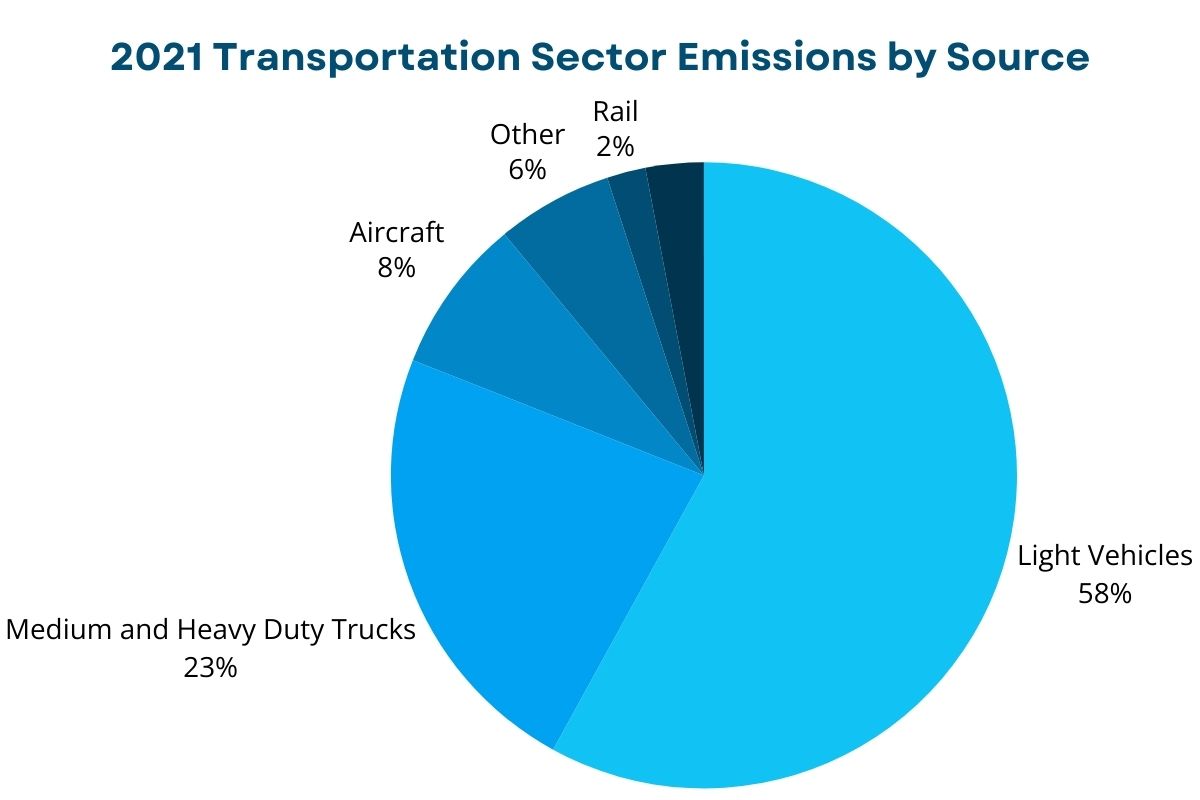
Rail vs Truck: CO2 Emissions
In the context of transportation, the dominant GHG emitted is CO2. Vehicles running on diesel and gasoline, such as trucks, contribute heavily to CO2 emissions. Conversely, trains, particularly electric-powered ones, can significantly reduce GHG emissions, proving to be a more sustainable option for transporting freight.
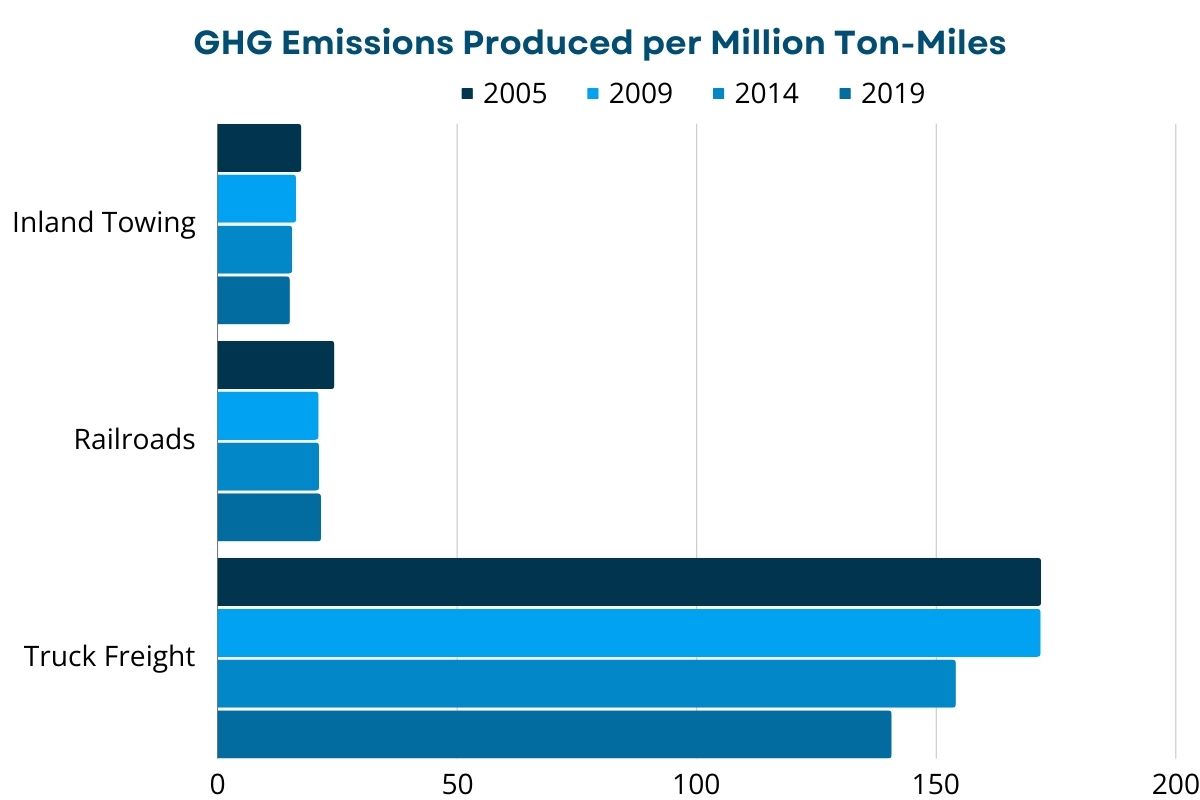
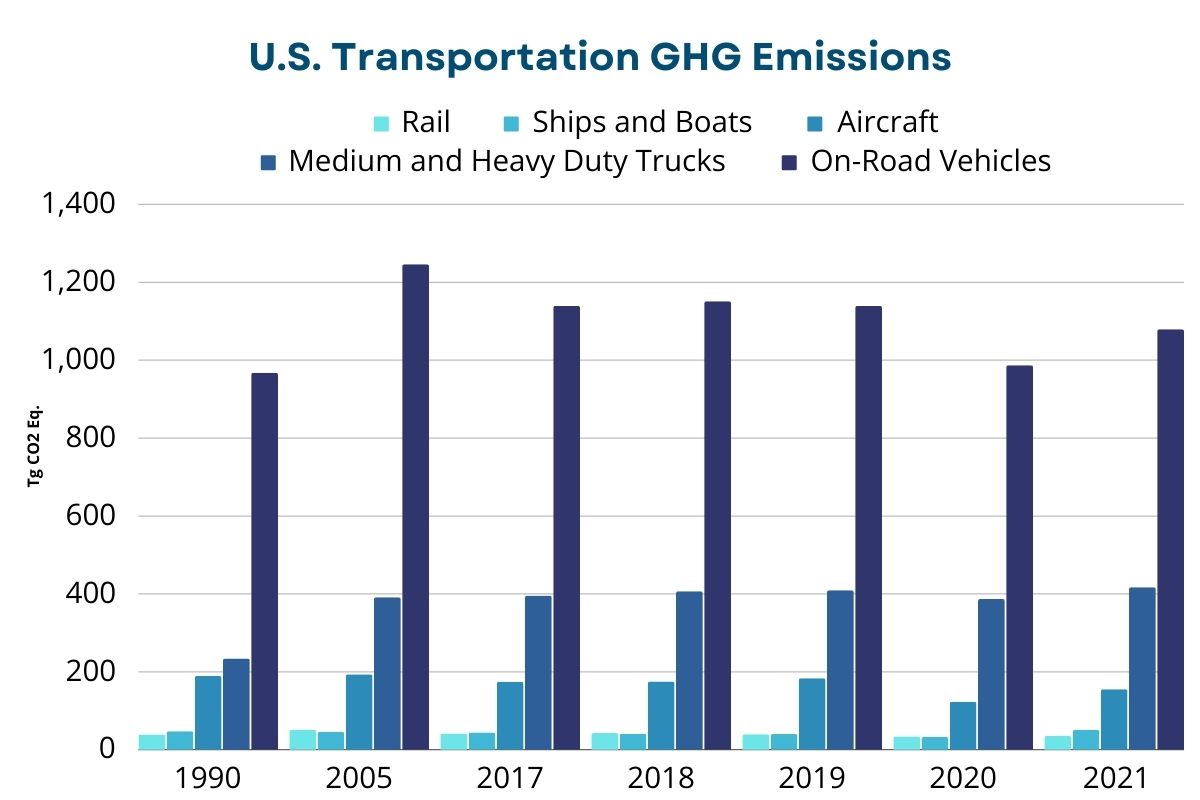
Combining Rail and Truck: Transloading
Transloading is the process of transferring freight goods from one mode of transportation to another during the journey. This method combines the strengths of both rail and truck transportation. This allows you to take advantage of the long distance cost savings of rail and the last mile flexibility of trucking.
Benefits of Transloading
In terms of efficiency, cost, and especially environmental impact, rail transport wins over truck transport for long-haul freight movement. However, rail often suffers from final mile challenges that truck more easily overcomes with greater flexibility. Using rail and truck together results in a synergy that:
- Improves efficiency through exploiting each mode’s strength
- Reduces overall logistical expenses
- Lessens environmental impact per unit of goods moved
Therefore, transloading attempts to answer the question – is rail better for the environment than trucks? – not purely through competition but via a collaborative method that maximizes the benefits of both modes.
RSI Logistics Transloading Service
If you’re looking to optimize your freight logistics, while also reducing your carbon footprint, we offer expert transloading and bulk terminal services. Leverage the strengths of both rail and truck transport and move towards more sustainable, efficient logistics.
Is rail better for the environment than trucks? With evidence suggesting lower carbon emissions, greater fuel efficiency, and superior capacity, it’s clear that rail transport has significant advantages over trucks from an environmental perspective. Our planet is facing challenges such as climate change, making it more urgent than ever to adopt sustainable practices, which includes favoring eco-friendlier modes of transport whenever feasible.
But as we move forward, it’s equally essential to continue innovating, researching, and implementing solutions that decrease the environmental footprint of all forms of transportation. Everyone has a role to play in this – policymakers in creating advantageous regulations, businesses in prioritizing sustainable logistics, and consumers in making environmentally aware choices.
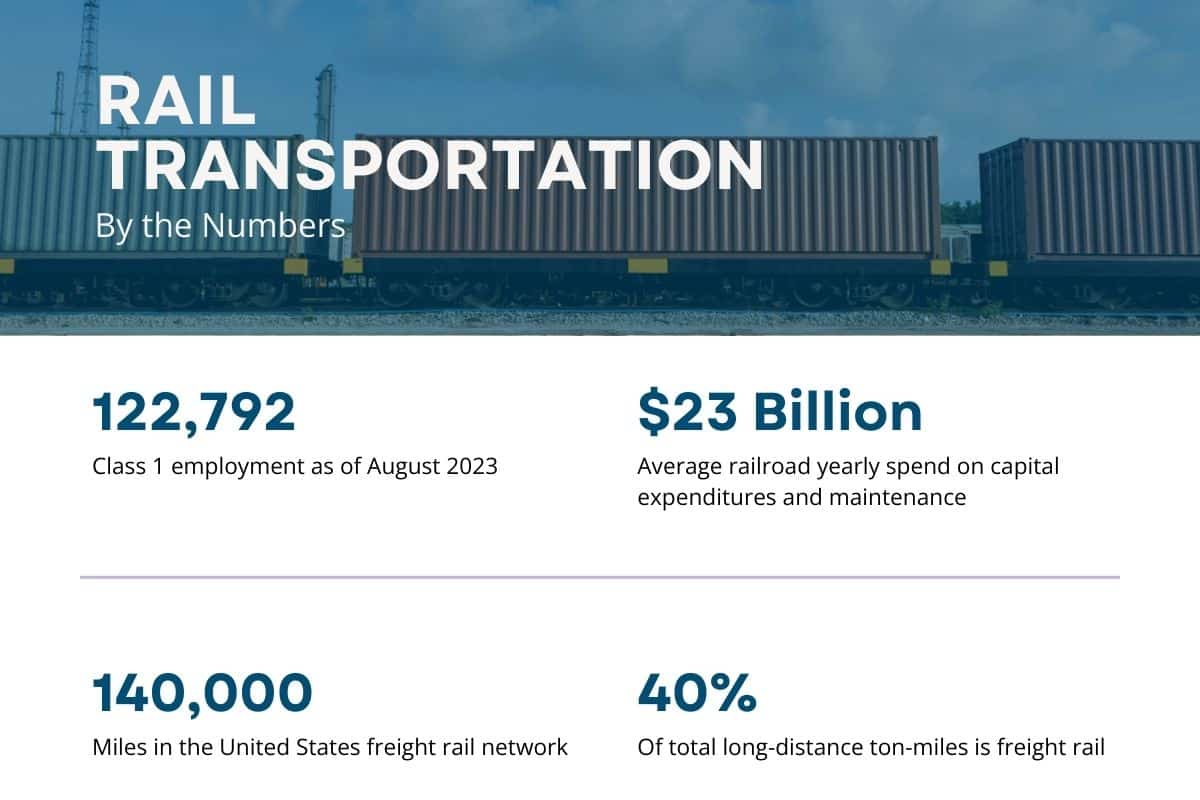
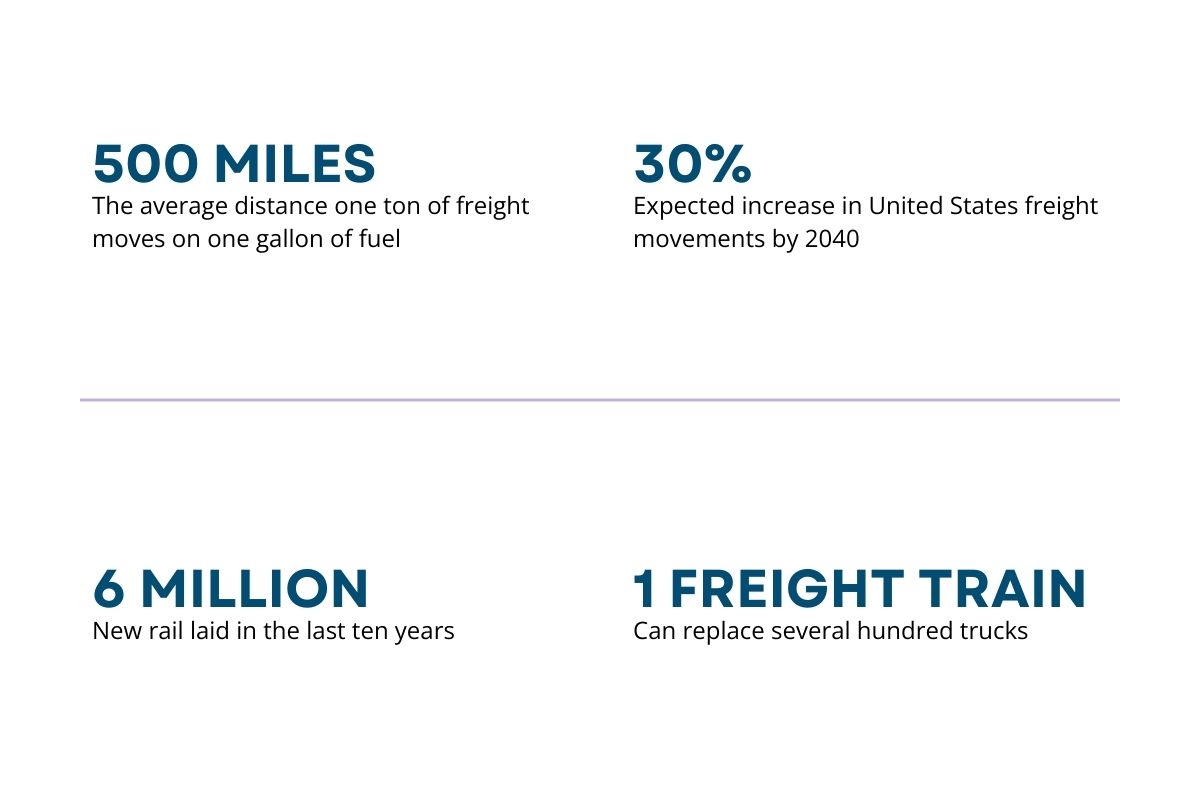
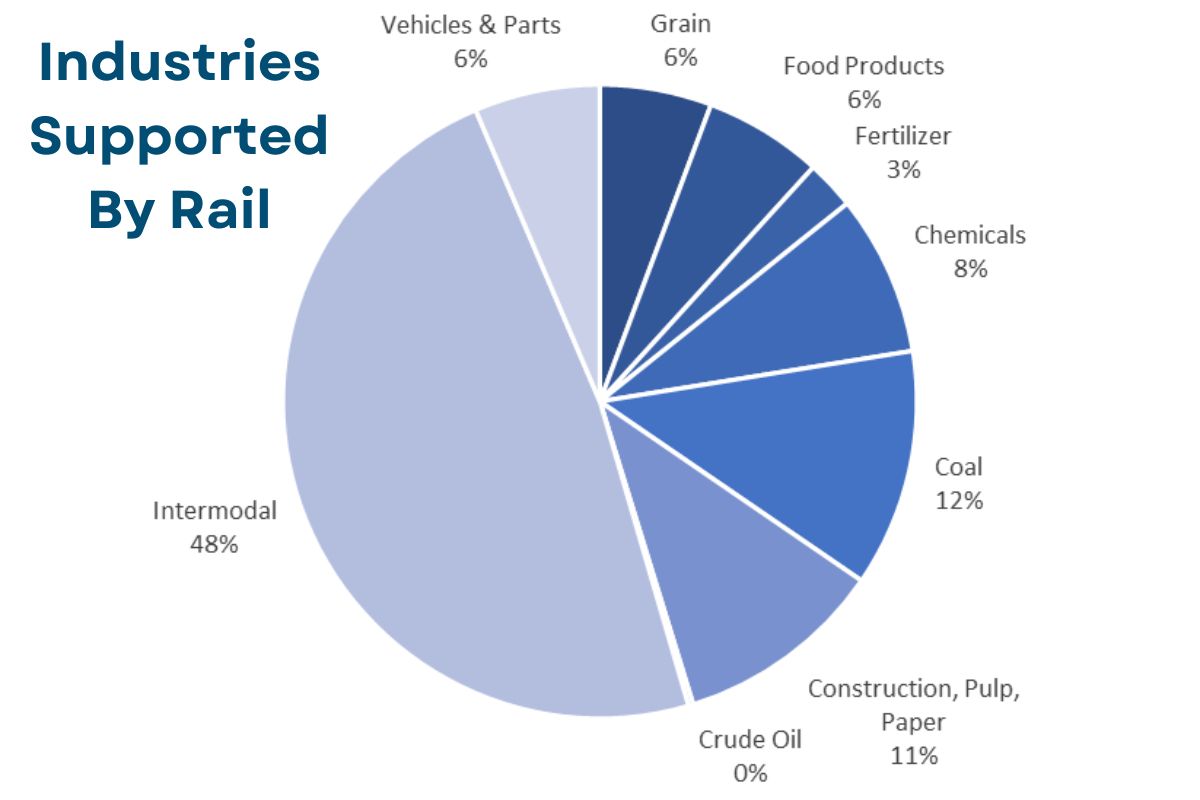
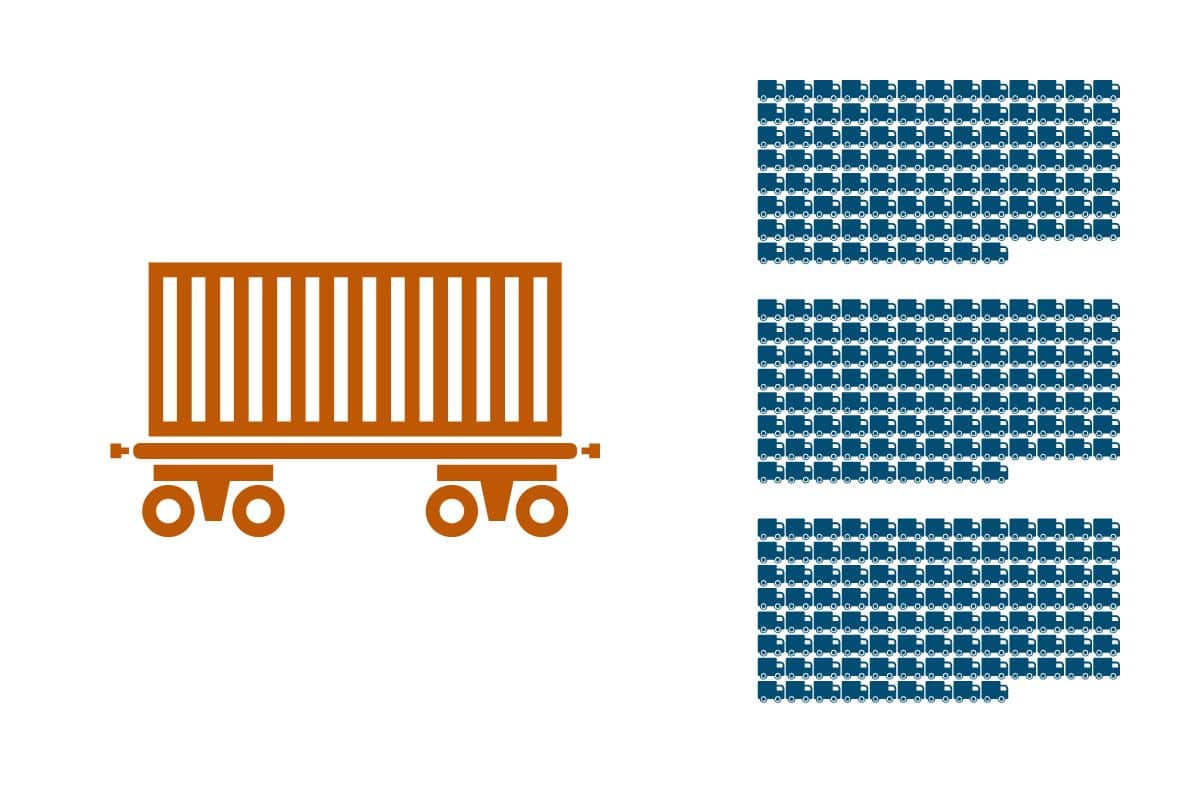
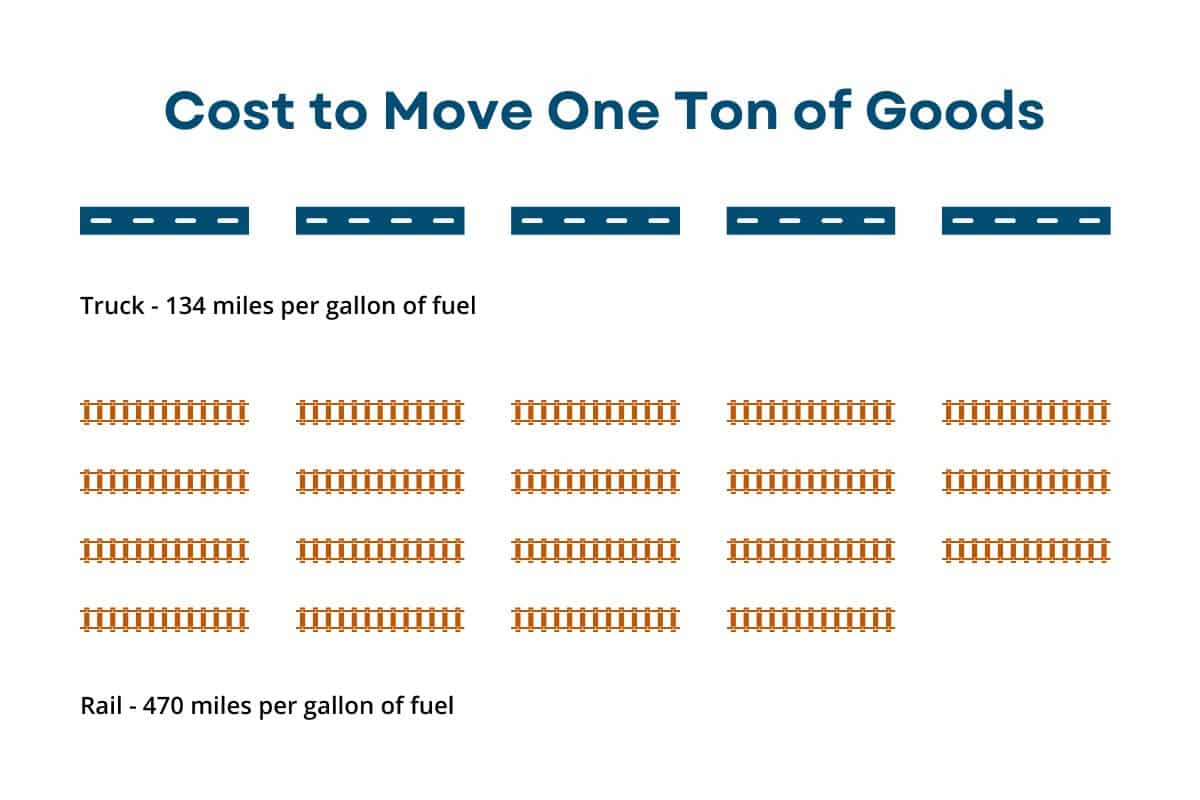
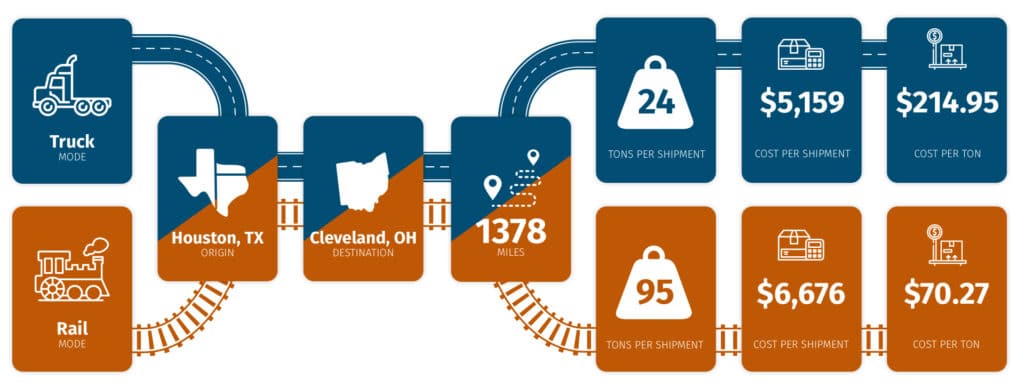

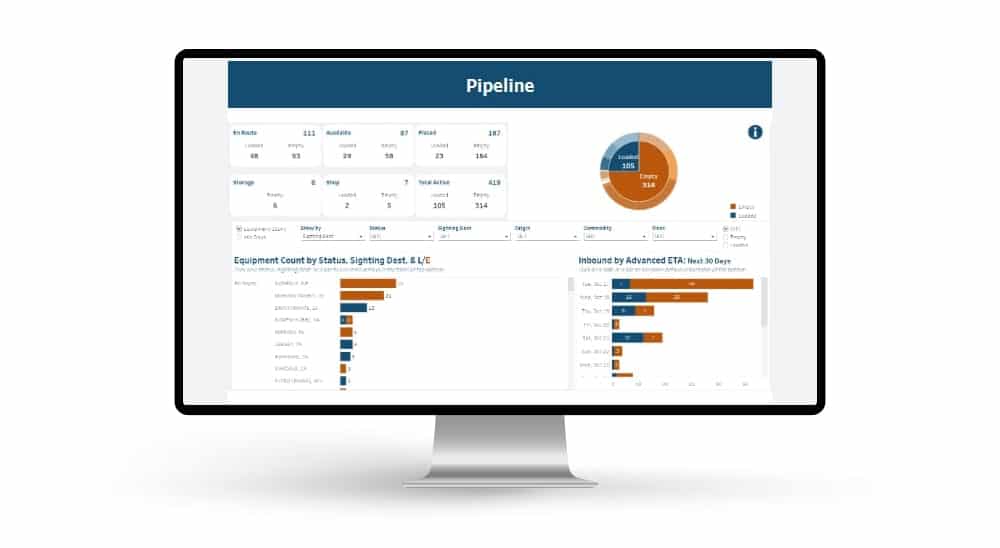 Automated exception reporting of the railcar tracking data makes it easy to identify and troubleshoot jeopardized shipments, thereby enabling you to provide better service to your stakeholders.
Automated exception reporting of the railcar tracking data makes it easy to identify and troubleshoot jeopardized shipments, thereby enabling you to provide better service to your stakeholders.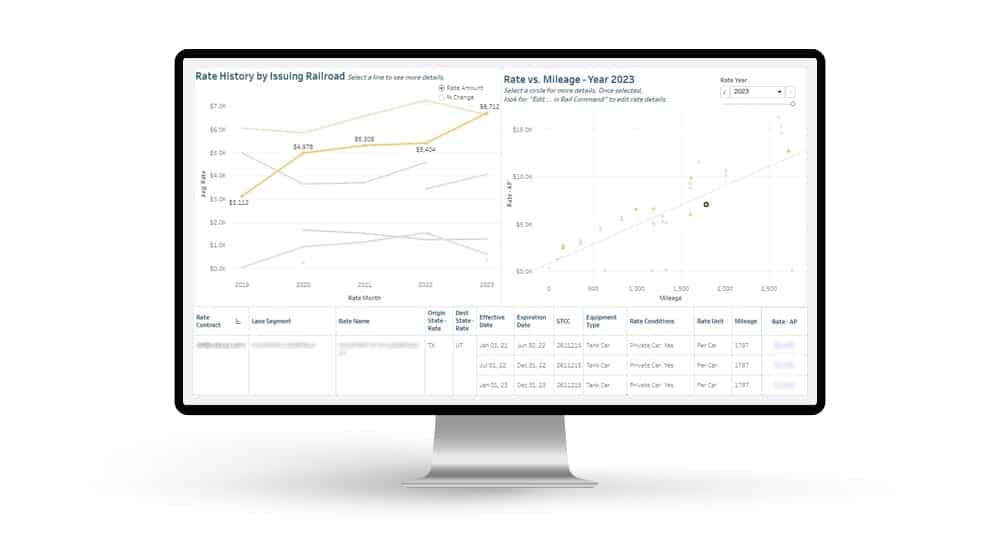 Receive notification of pending rate expirations. Tariff changes and fuel surcharges can be automatically updated.
Receive notification of pending rate expirations. Tariff changes and fuel surcharges can be automatically updated.